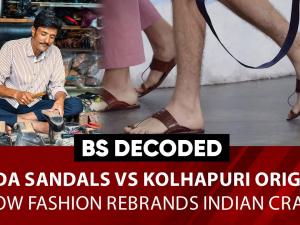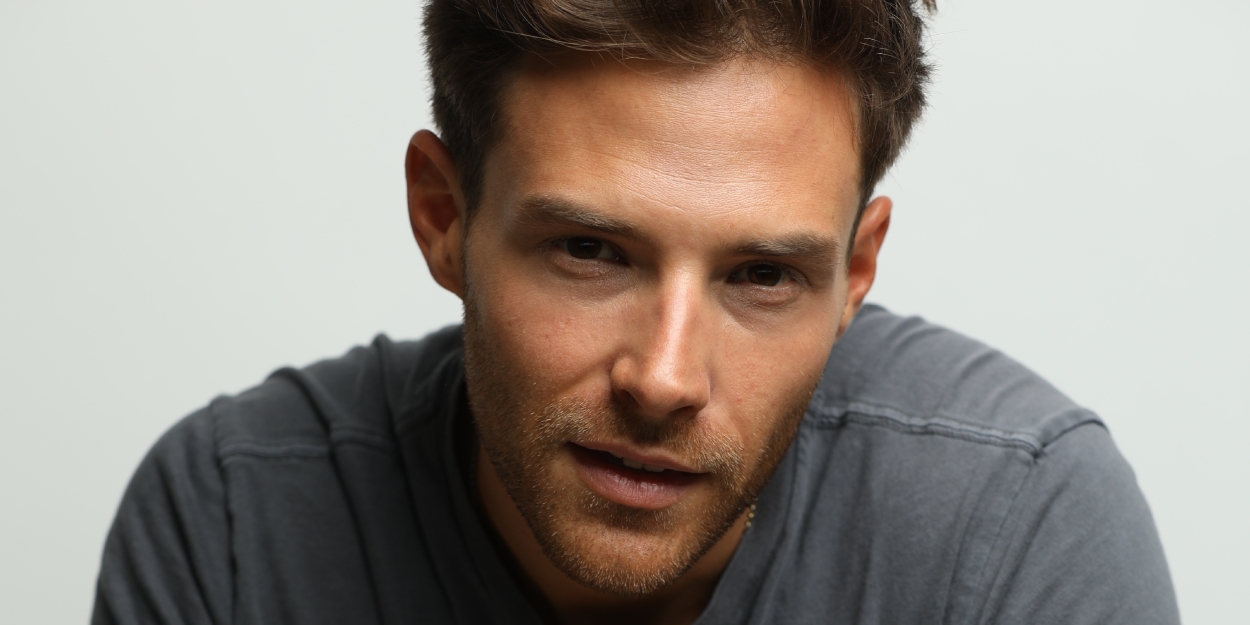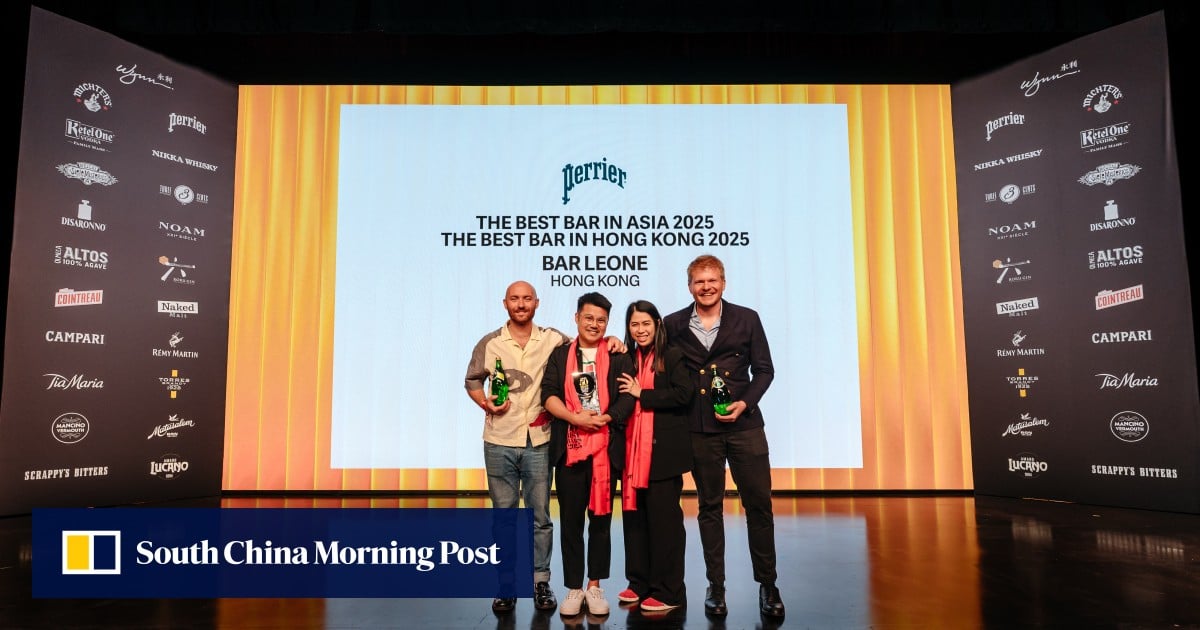Photo: Courtesy Flashback
Flashback makes digital cameras that recreate film’s dreamy aesthetic, with limited photos per “roll” and a 24-hour wait time for “developing” – plus a manual winder and an old-school flash. Its Brisbane inventors say it’s for capturing authentic good times, away from social media.
Can you be nostalgic for something you didn’t grow up with? Gen Z – whose childhood images were captured on hi-res smartphone screens – has led the charge of recent revivals for both film cameras and point-and-shoot Y2K digicams, eager for a slower, more intentional kind of photo-taking.
“For our generation and younger, I think it’s almost like something new,” Mackenzie Salisbury tells Broadsheet. “They say fashion is cyclical and things come back every 20 to 30 years. I think the same is true in some ways with technology, where people see something from an older era and it’s a new experience for them.”
Salisbury and his mate Kelric Mullen are the founders of Flashback, a tech and photography startup tapping into that nostalgia and a desire to document more authentic, candid experiences without the polished veneer that dominates social media feeds. The brand was inspired by disposable cameras, but the pair wanted to ditch the waste that came with them.
Never miss a moment. Make sure you're signed up to our free newsletter.
SIGN UP NOW
“The ethos of what we’re trying to build is the antithesis of snapping for Instagram where you take 20 photos in a row and try to get the perfect one so you can show it off to people online,” Salisbury says. “The disposable camera is the complete opposite of that, where you take a photo and you don’t even get to see it until at least the next day or sometimes even a week later.”
Flashback’s debut product is the One35 Camera, a digital camera designed to have the look and feel of an old film point-and-shoot, with a reusable plastic body, a manual shutter button and winder, and a bright xenon flash (not an LED like modern cameras).
Another feature the pair took from film cameras: a limit of 27 photos per “roll”, and you need to wait 24 hours for it to “develop” in the mobile app before you can see and download the photos. The results have a dreamy, grainy vintage feel to them, with three filters inspired by old film stock (one of which mimics the look of expired Fujifilm Experia). It’s intentionally slow; intentionally inexact.
“One problem with a lot of photography now is everything is high fidelity,” Mullen says. “But when you think of a memory, it’s almost like a dream: kind of blurry, it’s not perfect. And photos that have a bit of imperfection in them feel more real and less staged. I think people inherently can detect that a little bit.”
The idea for the One35 Camera came to Mullen years ago, when he and Salisbury were uni students in Brisbane. After tinkering with film and digicams in a garage, using 3D printers to build their first prototype and approaching local engineers for feedback, the duo launched a Kickstarter campaign in 2023 and sent the first cameras out to buyers later that year. Now the startup has grown and is working out of Hong Kong to stay close to its production facility in Shenzhen, China.
While second-hand cameras are now much coveted on eBay and Etsy, Flashback is one of many brands investing in new (old?) technology for today’s photography revival. Last year, Japanese manufacturer Pentax debuted the Pentax 17 – its first major new film camera in over 20 years. Meanwhile, new models of Y2K-style digicam are getting produced at big companies like Kodak (Pixpro) and Fujifilm (X Half).
Mullen and Salisbury have seen more customers in the older age bracket than they expected, but their main demographic has been those under 30. “We essentially built this product for us and for our friends,” Salisbury says. “But we did find that there was that older group who was more nostalgic about the film products they’ve used in the past. Maybe they gave it up because they started going digital or because film’s become too expensive, but they’ve ended up part of our community now.”
No matter a user’s age, interests or reasons for grabbing a One35, Mullen and Salisbury hope customers use the camera to slow down, be more conscious with their moments, and spend time away from their phones.
“I think we came in at a time when people were picking up film and analogue cameras because they wanted to escape from that,” Salisbury says. “We want to be a vehicle for people to experience that kind of photography again, where it really is just about, ‘I’m enjoying this moment with my friends and I want to remember it five or 10 or 20 years from now.’ These are the photos I want to show my grandkids.”
This story is part of Broadsheet’s special Nostalgia Issue, presented by Up, documenting food, fashion, culture, travel and tech that makes the past new again.

About the author
Chynna Santos is Broadsheet’s deputy branded content editor.














